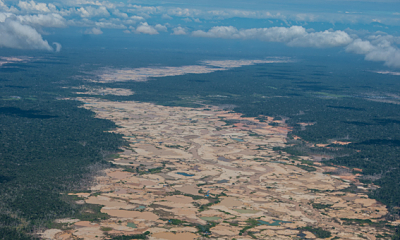Poetry
Articles and Prose
-
Fighting for Climate Justice
SAGE Magazine sits down with Professor Maxine Burkett to discuss the growing numbers of “climate refugees.”
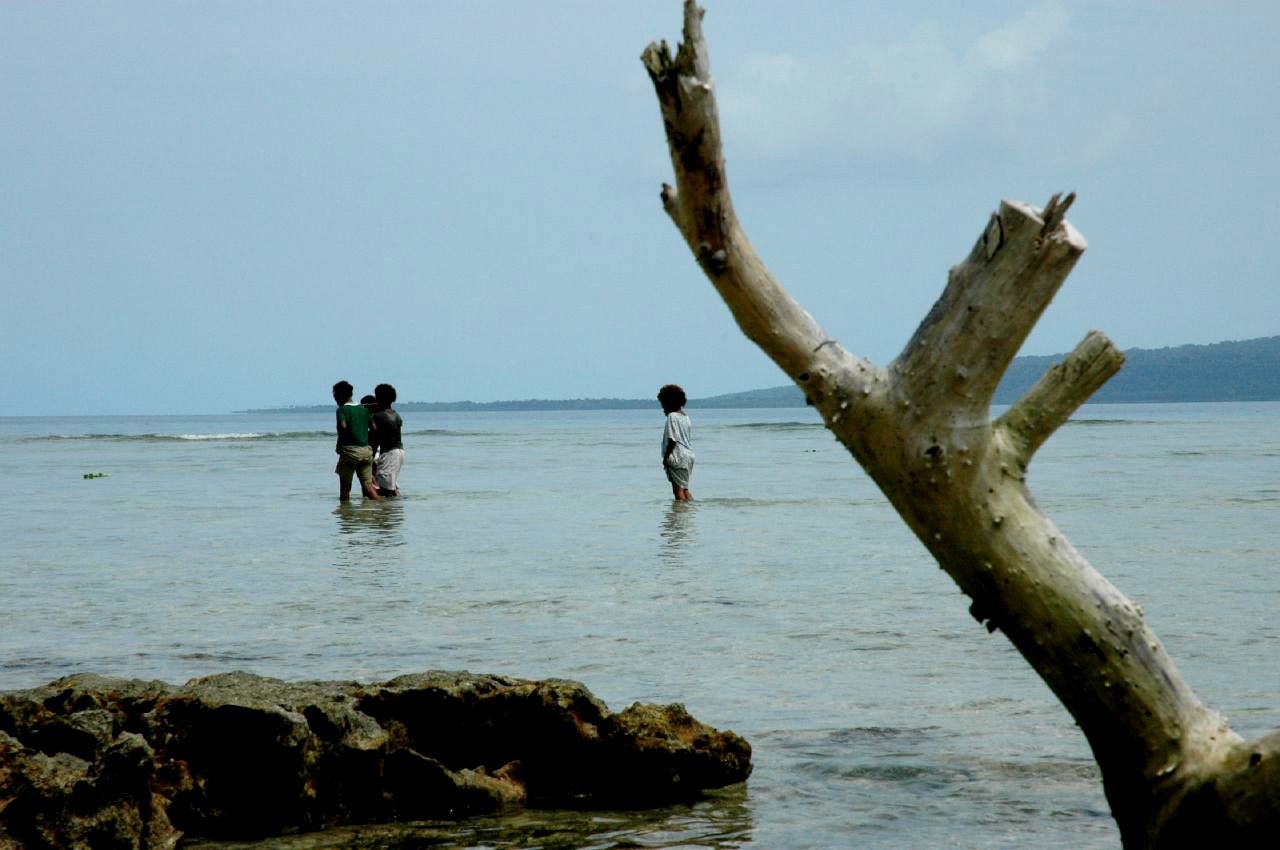
-
Explorations: South Carolina Lowcountry
Carlin Rosengarten explores the rich histories of South Carolina’s woodlands in the first installment of our new photo series, Explorations.
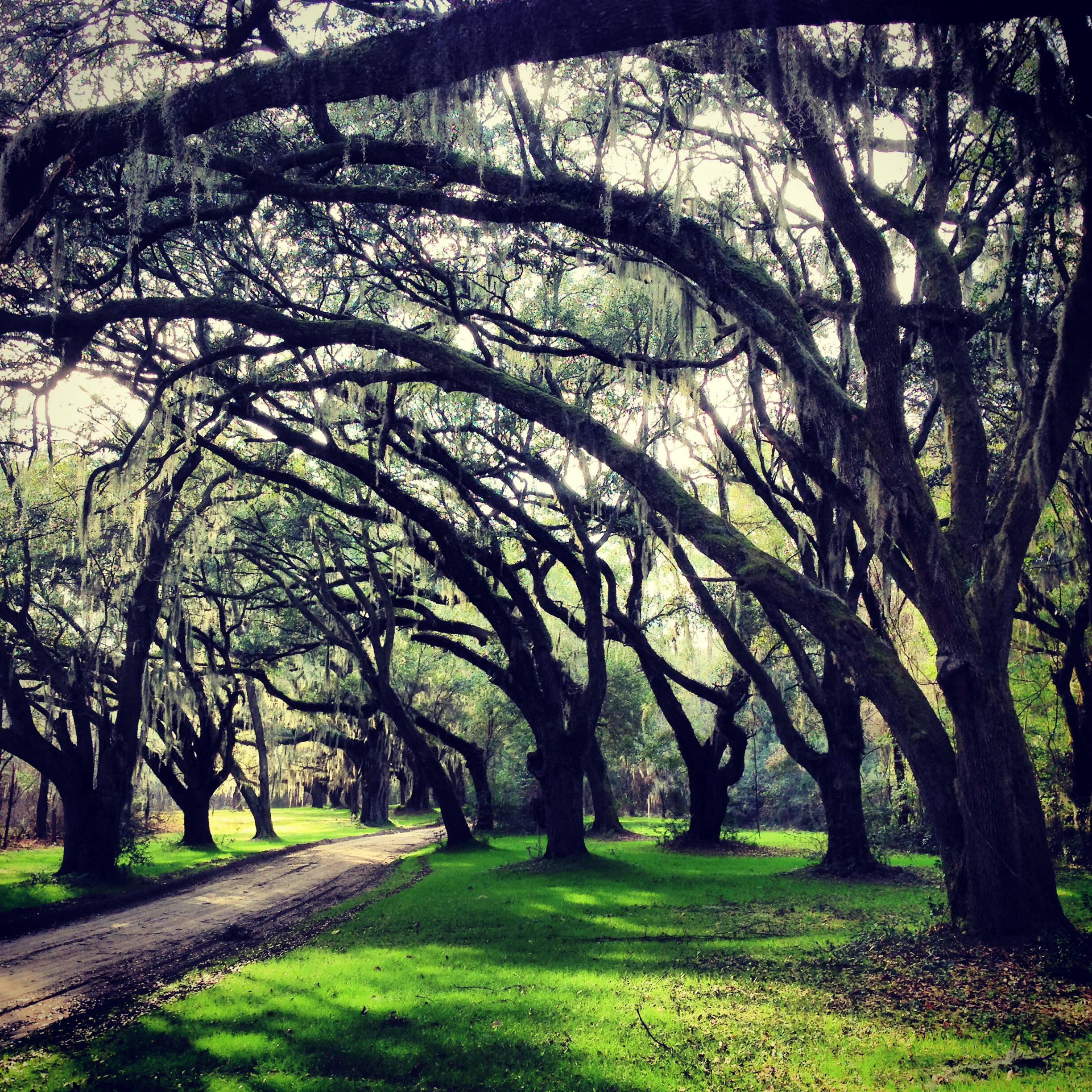
-
Honorable Mention: The Water Generation Gap
Water may soon replace oil as Texas’ most valuable resource.
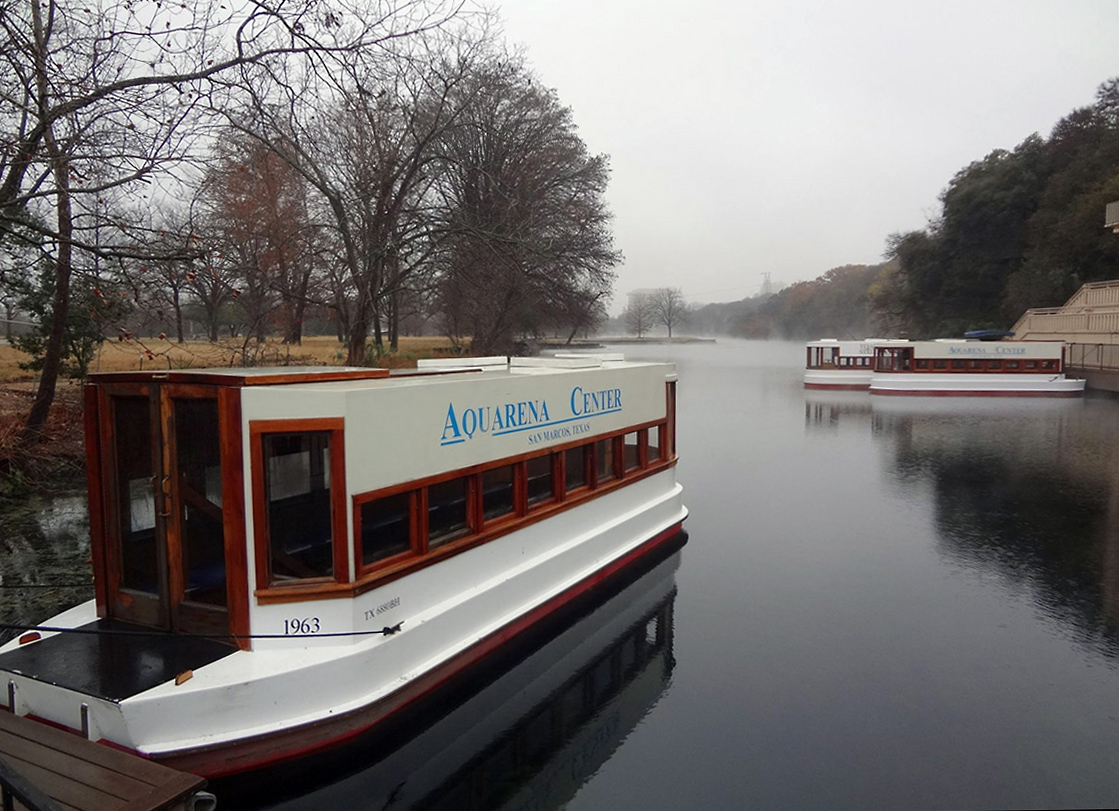
-
Lady with a Lacewing Tattoo
As researcher Marta Wells educates her students on identifying insects, she works on revising the meaning of the word “species.”
-
Nature Compensates
SAGE Magazine sits down with Peter Kareiva, Chief Scientist of The Nature Conservancy, to discuss why he see nature as resilient, not fragile. Photo by…
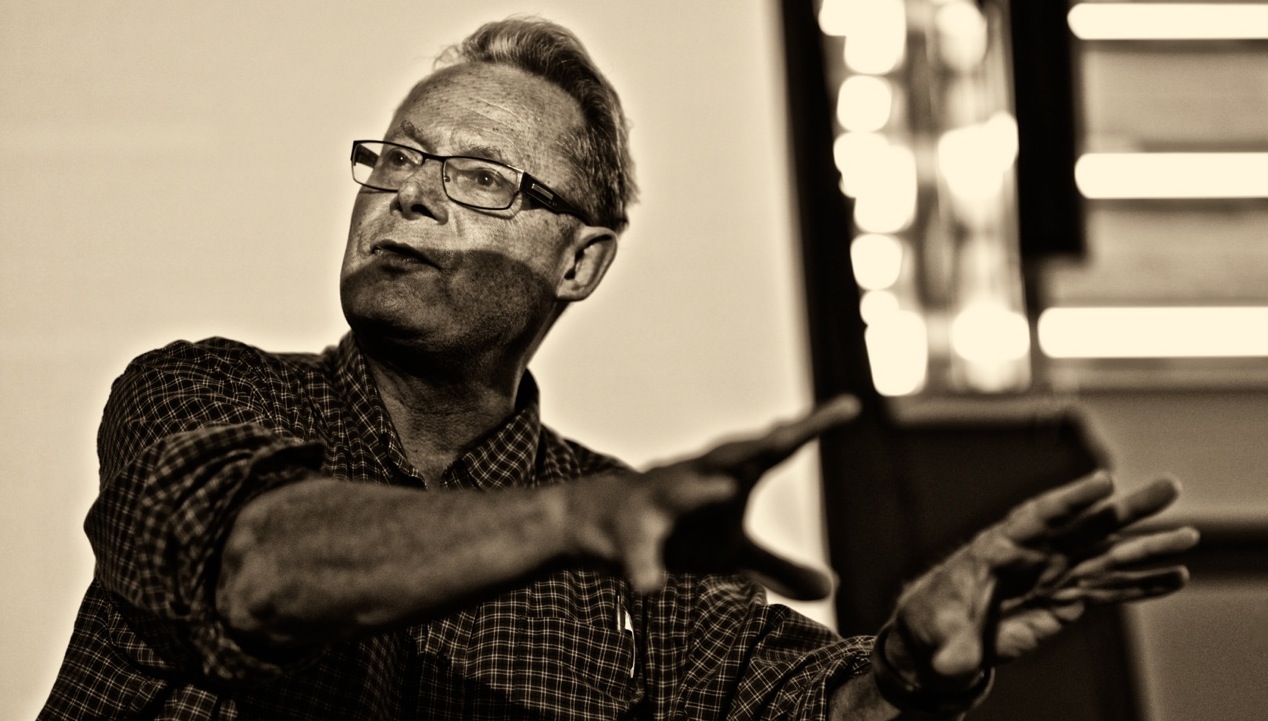
-
Litterati: A 21st Century Solution to Litter
Inspired by his 4-year-old daughter, a Bay Area writer creates a virtual landfill with the vision of cleaner streets for us all.
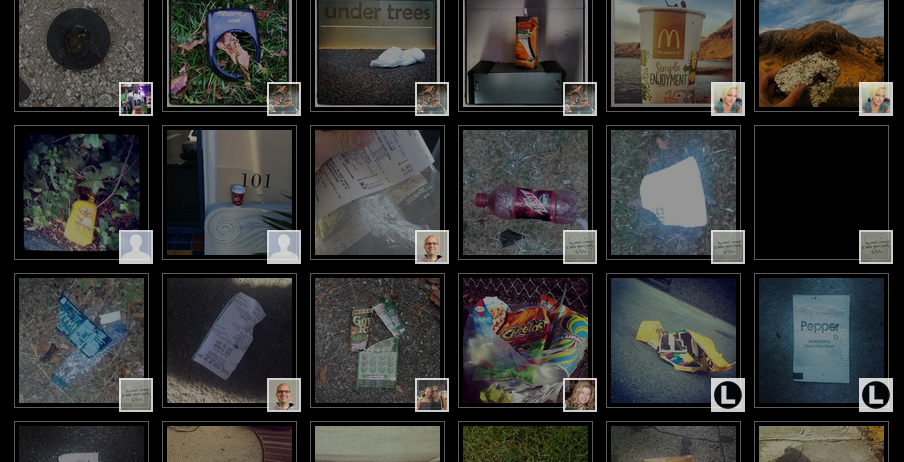
-
An Interview with Patagonia’s Director of Environmental Strategy Jill Dumain
SAGE sat down with Jill Dumain, Patagonia’s Director of Environmental Strategy, to find out what makes the company unique and to get some advice.

-
Shutdown: Ignored
Ben Goldfarb (Yale FES ’13 and former SAGE Editor-in-Chief) finds that it takes more than a “Closed” sign to keep him out of National Parks…
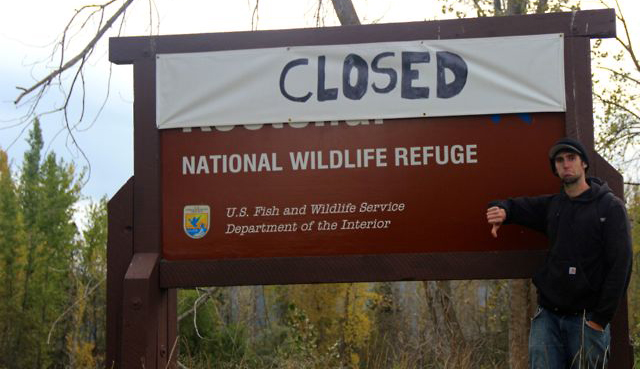
-
Honorable Mention: Sunset at Mile 16
In a place where the plants are invasive and the people are illegal, Alycia Parnell describes a refuge meant only for certain plants and people.…
-
NATURE–CULTURE–ACTION!
Nature vs. culture. Wild vs. civilized. Country vs. city. These binaries, time and again, have been shown to be false dichotomies. But many groups and…
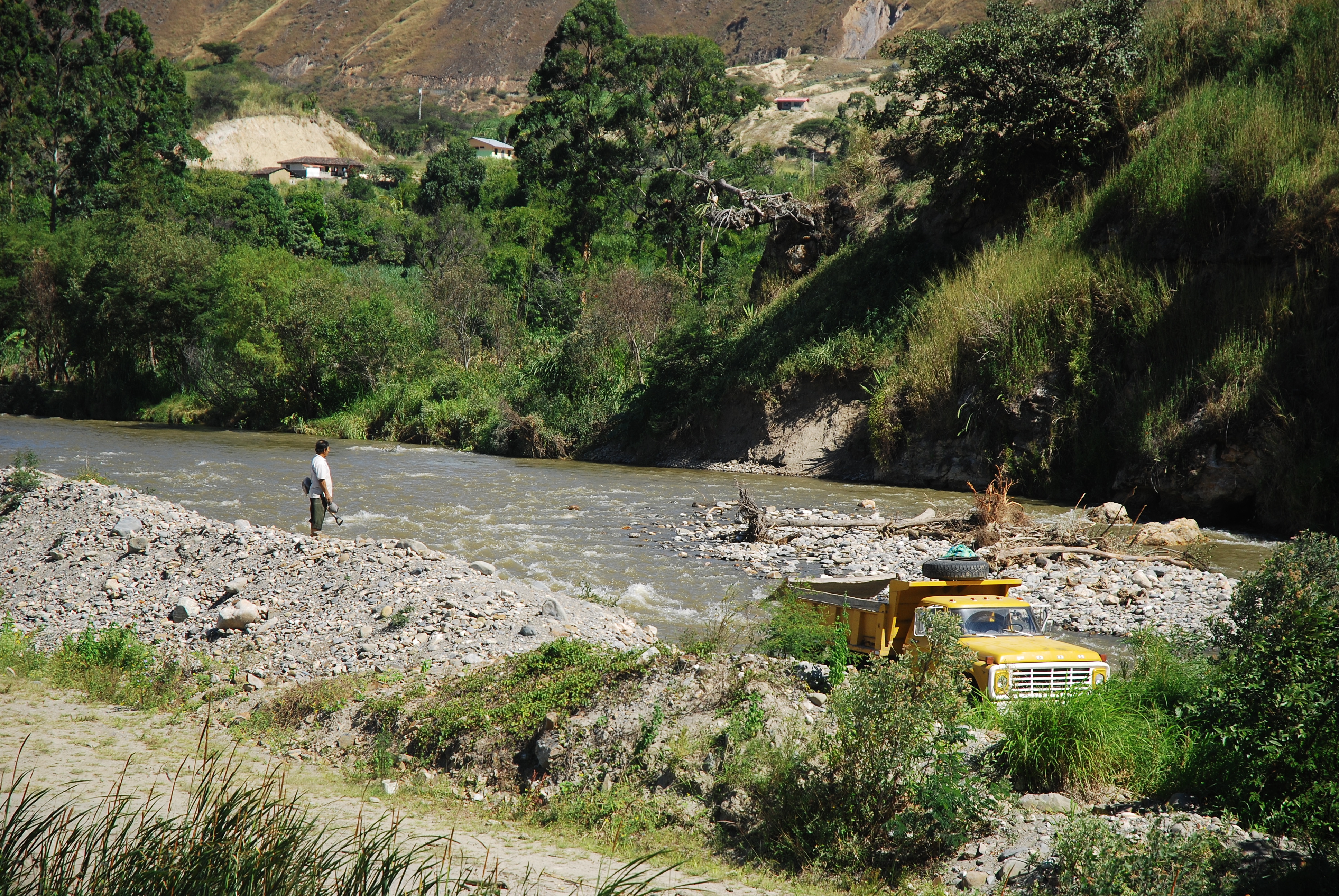
-
FESers in Cities
“The streets in midsummer. There they lie! The sun beating down upon them all day long, until the stones are individually as hot as frying…
-
3rd Place: The Pit in the Woods
In Amazonian Peru, Nigel Pitman was responsible for “Science Saturdays,” when he would try to impart some worldly knowledge to the children of the village…
